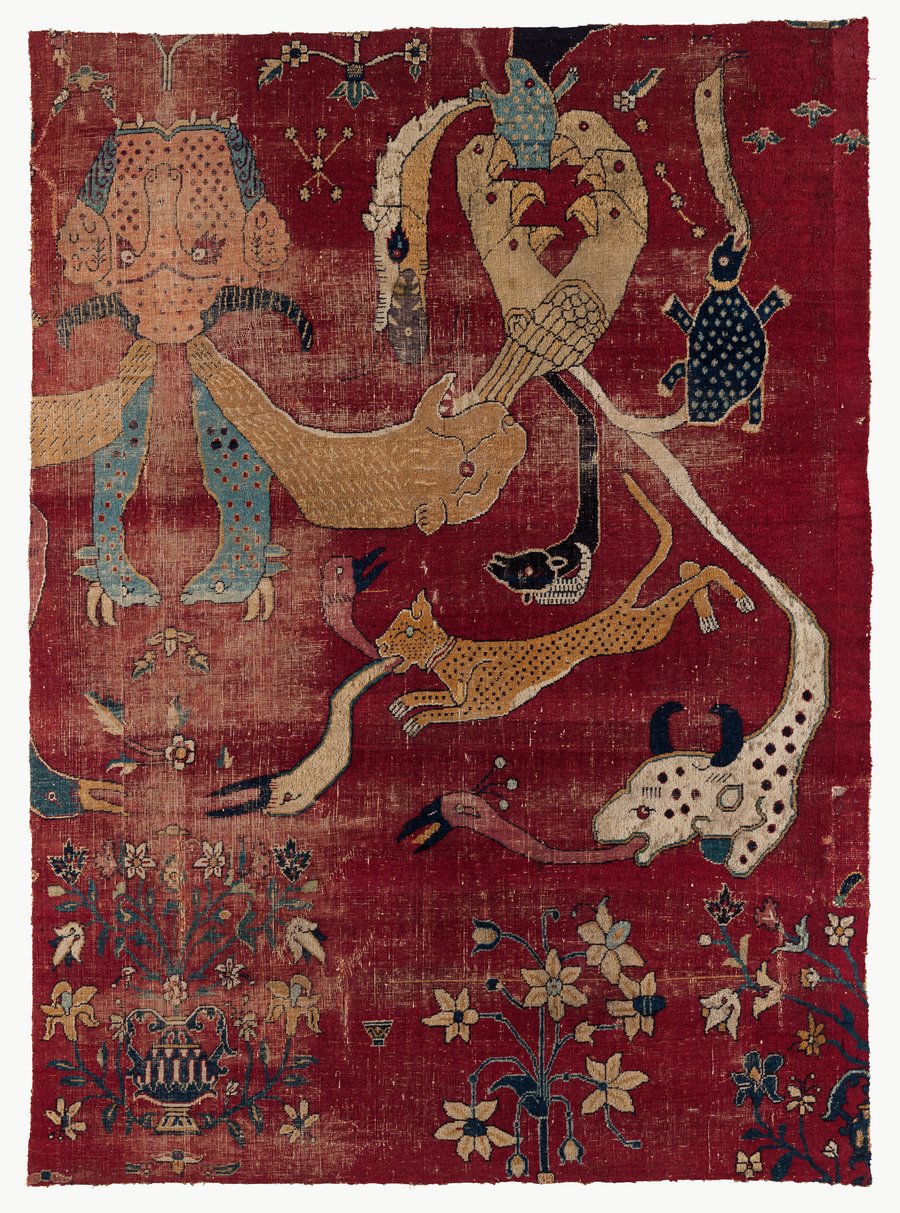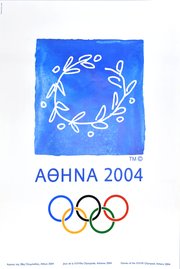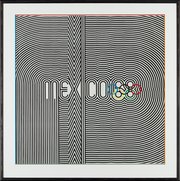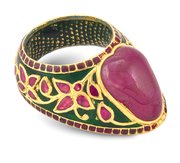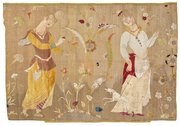
‘Grotesque’ Carpet
Museum of Islamic Art
- Title:
- ‘Grotesque’ Carpet
- Production place:
- Lahore
- Date:
- 1550 - 1599
- Period:
- Mughal
- Title:
- ‘Grotesque’ Carpet
- Production place:
- Lahore
- Date:
- 1550 - 1599
- Period:
- Mughal
- Material:
- Wool
- Technique:
- Weaving
- Dimensions:
- 142 × 101.5 cm
This woollen fragment belongs to a group of fragments believed to have once formed the famous 'Grotesque carpet'. Decorated with rows of repeated motifs, including both fantastical and real creatures, this rather unusual carpet dates to the reign of Mughal emperor Akbar (r. 936-1014 AH / 1556-1605 CE), an attribution based on similar motifs which appear in illustrated manuscripts produced under his reign. This attribution makes this carpet one of the earliest surviving examples of Mughal carpet weaving, and was probably made in one of the known imperial ateliers, such as Lahore (modern day Pakistan). The 'grotesque' figures that appear on this fragment include leopards, parrots, a crocodile and nilgai (blue bull). The fantastical realism of animals emerging from the mouths of others appears in later 11th and 12th century AH / 17th and 18th century CE objects, in particular that of Mughal powder horns and primers. At the bottom of the fragment is a row of stylized flowers, one emerging from a double-handled vase. Several sources of inspiration have been suggested for where the carpet's imagery emerged, including 10th and 11th century AH/16th and 17th century CE Iranian carpets produced in Herat and Isfahan; the talking tree of the Waq-Waq Island mentioned in Islamic literature, particularly in Persian epic tale of the Shahnameh; and, the blending of both traditional Hindu deities and Muslim aesthetics.
